Earlier this month I had the privilege of facilitating a fireside chat with two prominent figures in the financial industry: Sam Power, Chief Growth Officer at Abound/Fintern, and Nick Jones, Head of Credit Risk & Pricing at Admiral Money.
Our discussion revolved around the critical topic of how lenders can streamline their onboarding processes using AI. The conversation unveiled a wealth of valuable insights and strategies for using technology to innovate legacy processes and mitigate financial crime risks. What follows are some of the key takeaways from the discussion.
Open banking & fraud prevention
Our panel explored the pivotal role of open banking in the prevention of fraud. Nick Jones shared intriguing statistics from Admiral Money, underscoring the importance of connecting a bank account to an individual’s name.
The synergy between biometrics and identity verification (IDV) was identified as a powerful strategy for reducing fraud and ensuring a secure onboarding process.
Future-proofing KYC with technology
Both Sam Power and Nick Jones offered unanimous support for three fundamental components in future-proofing KYC processes: fraud detection, automation, and regulation. These three elements can be significantly enhanced through the implementation of AI-based tools, providing in-depth data for continuous learning and adaptation to emerging threats.
Furthermore, the integration of data from diverse datasets allows for a holistic approach to fraud assessment, thereby ensuring a seamless customer journey.
The new look of financial crime
Our discussion highlighted the significance of addressing emerging financial crime risks. Regular risk assessments, collaboration with technology vendors and industry peers, and continuous employee training were identified as critical steps in effectively accounting for emerging risks within technology solutions.
Smoothly integrating KYC tech
The panel emphasized the importance of adopting a phased approach when integrating technology-driven KYC solutions. Starting with a proof of concept and gradually expanding adoption can help build internal processes, strategies, and trust within an organization.
Comprehensive testing and data migration are also pivotal to minimizing disruptions to existing processes.
Balancing innovation with compliance
Both thought leaders commended the regulatory bodies for their efforts in keeping up with the evolving sector. The introduction of regulatory sandboxes, collaboration with regtech firms, updated guidelines, transparency, and ongoing engagement with regulators were highlighted as essential elements for striking the right balance between innovation and compliance in the alternative lending sector.
Leveraging AI for fraud detection
Our conversation then turned toward the utilization of AI in the realm of fraud detection and prevention. Sam Power emphasized the need for continuous learning and staying ahead of the evolving deepfake technology.
Through the use of AI and deepfake detection tools, lenders can proactively counter potential threats and reduce friction for genuine customers.
Open banking and aggregators
Sam Power shared insights into the growing importance of aggregators in the lending sector, with an emphasis on their role in providing valuable data that leads to a more comprehensive understanding of customer financial behaviors.
The panelists also expressed their commitment to integrating with all open banking providers via their tokens to ensure access to comprehensive data.
The role of AI in onboarding
We discussed various applications of AI in the onboarding journey, from training models and ensuring zero bias to using NLP for document contextualization.
Moreover, technologies like photoplethysmography—a simple, low-cost technique used to detect changes in blood circulation at the surface of the skin—were highlighted for their role in flagging deepfake attempts.
New regulation and bureaucracy
The panelists also acknowledged the challenges brought forth by new regulations. While these regulations aim to enhance transparency and safety, they also introduce more bureaucratic processes that necessitate adaptation and compliance.
Here comes the future
The fireside chat provided deep insights into how lenders can navigate the current market dynamics. Future-proofing KYC processes, addressing emerging financial crime risks, and ensuring the seamless integration of technology-driven solutions are of the utmost importance for staying competitive and compliant.
Additionally, collaboration between thought leaders, regulatory bodies, and technology providers key to the continued success of the lending industry. As the industry continues to become more invested in open banking and AI, it’s quite clear that a focus on customer-centricity and fraud prevention is indispensable for lenders aiming for excellence.
About the post:
Images are generative AI-created. Prompt: Kurzgesagt digital data-sharing, colorful, high-tech, the way of the future. Tool: Midjourney.
About the author:
Adam Desmond is the Commercial Head at IDVerse. A seasoned cybersecurity professional with extensive commercial experience in risk management and threat mitigation, he has spent over a decade working at technology companies specializing in document verification and biometric solutions, including GBG and Mitek Systems.


